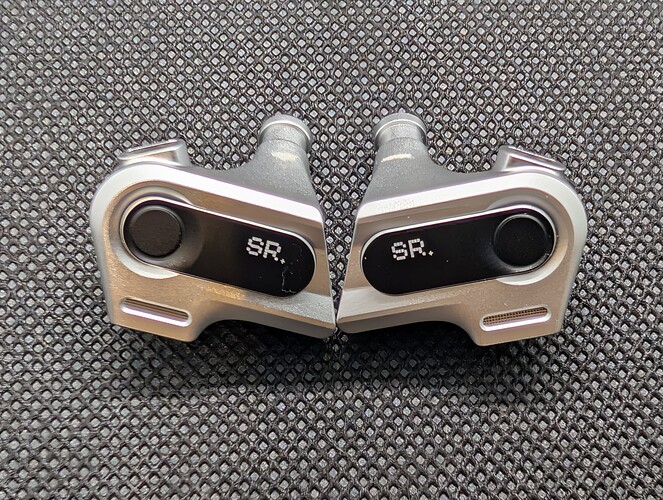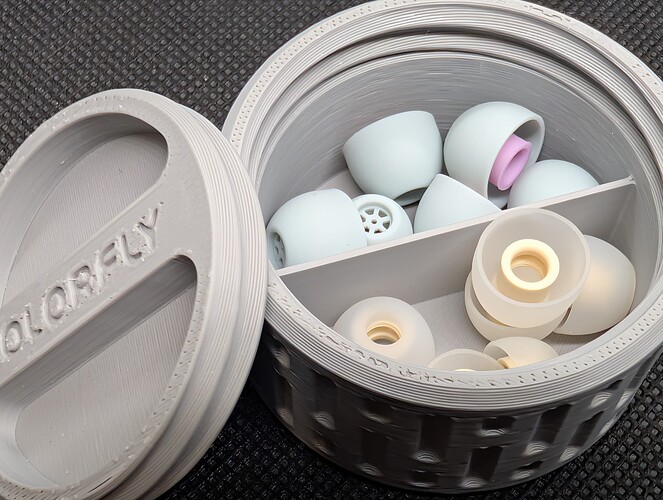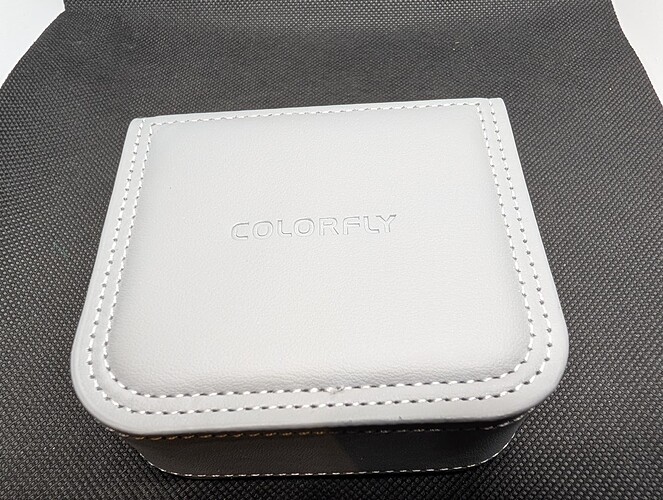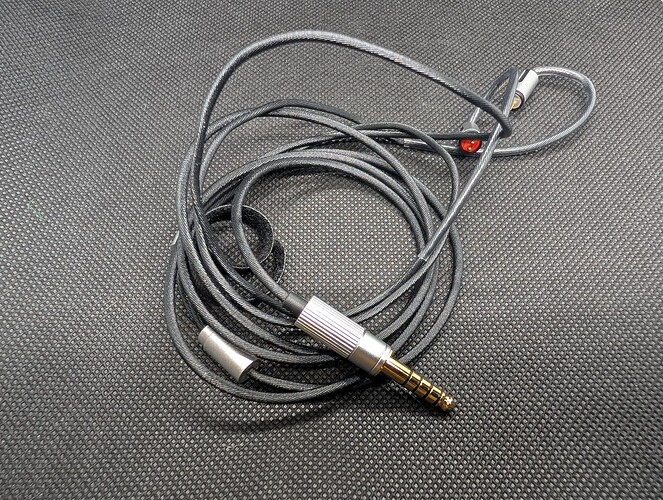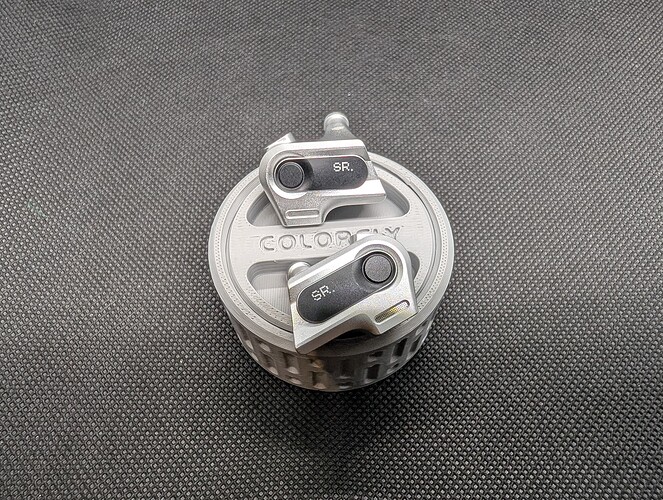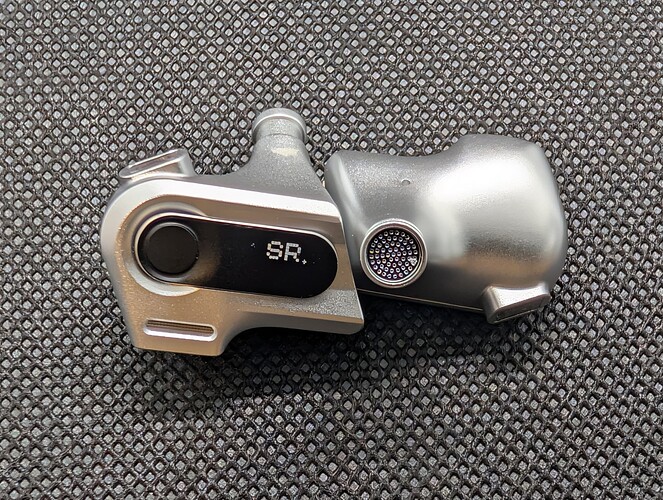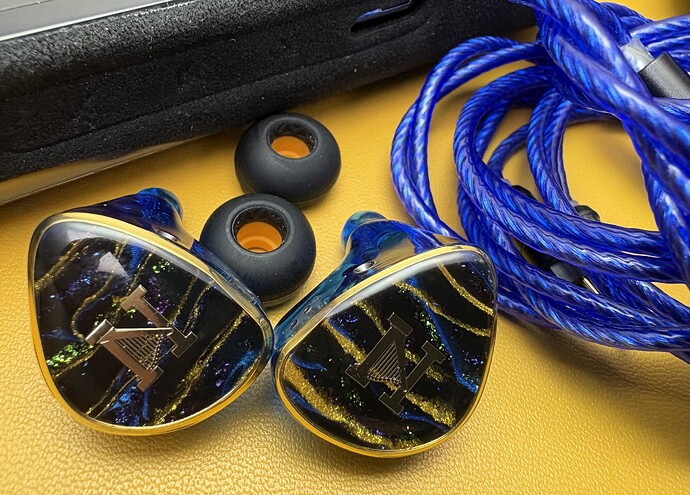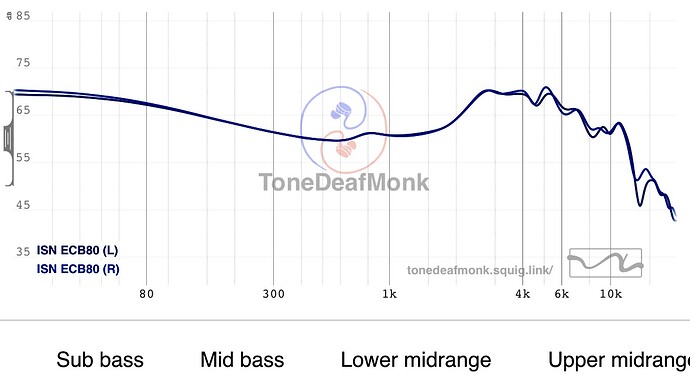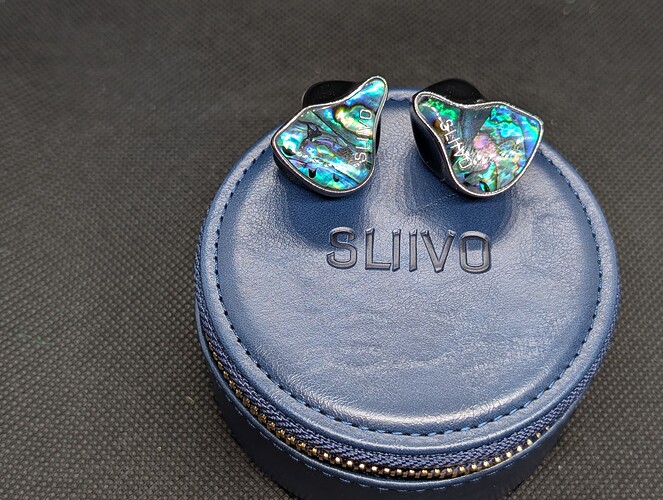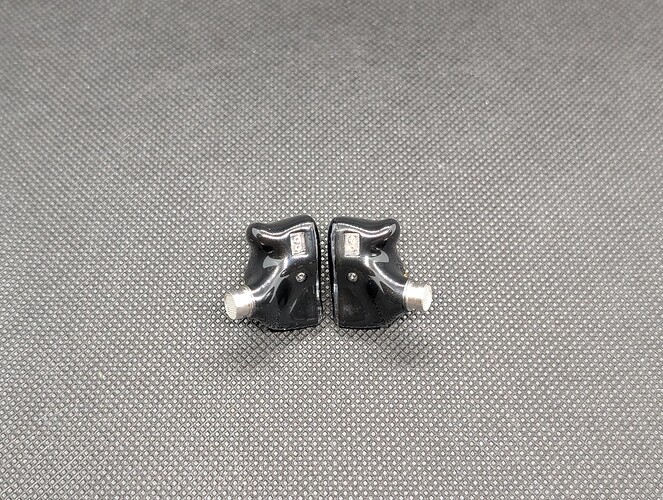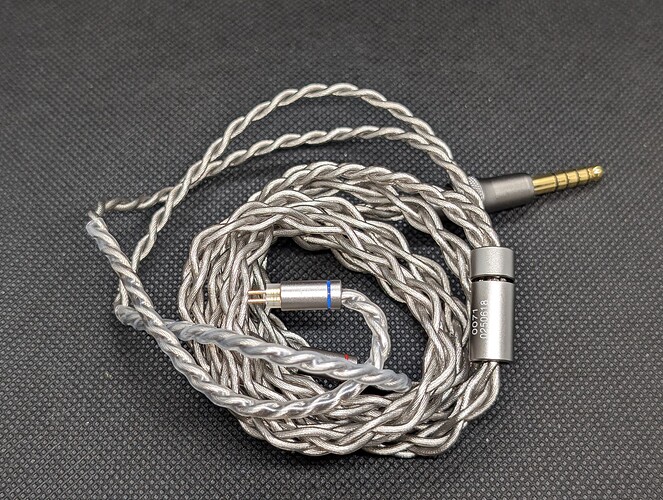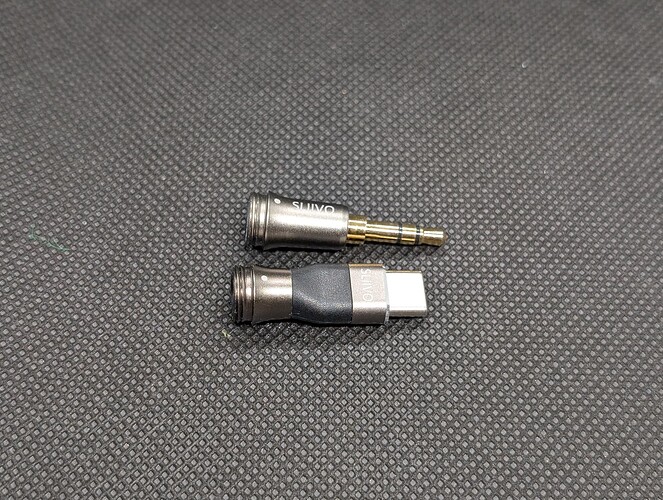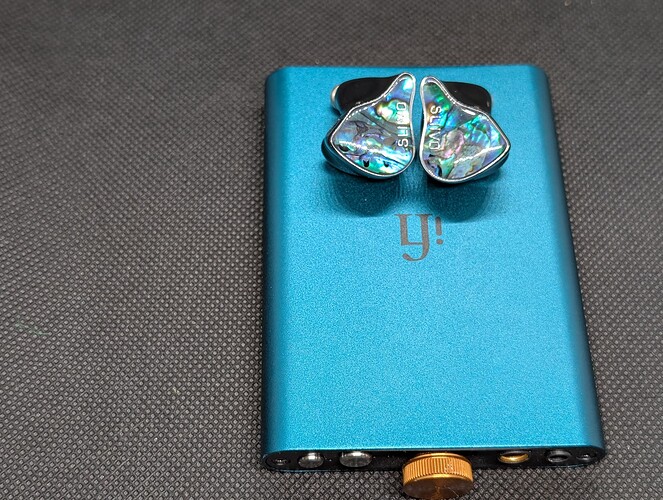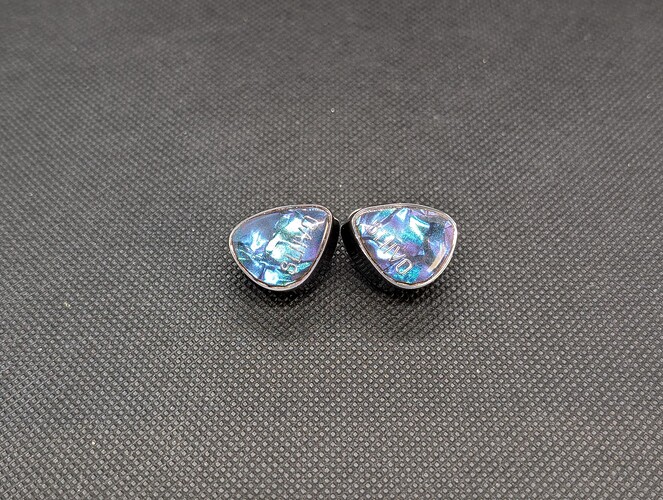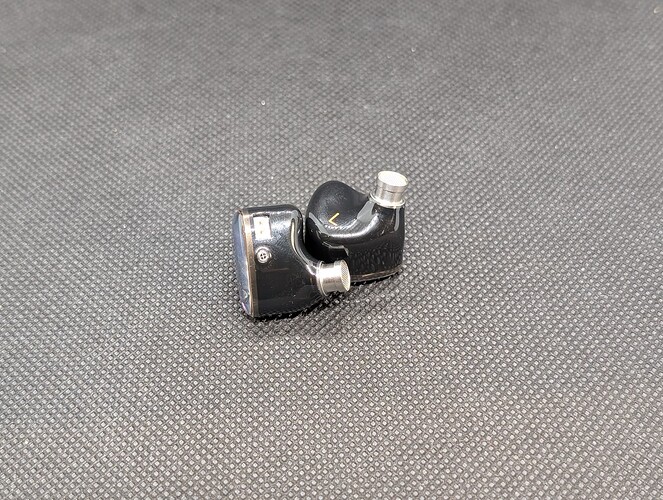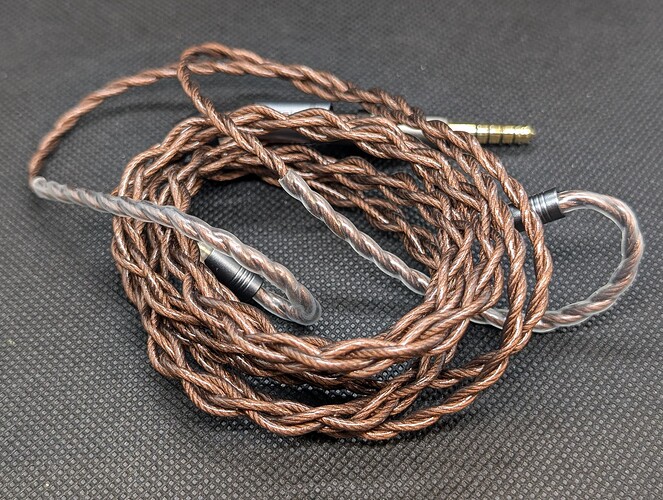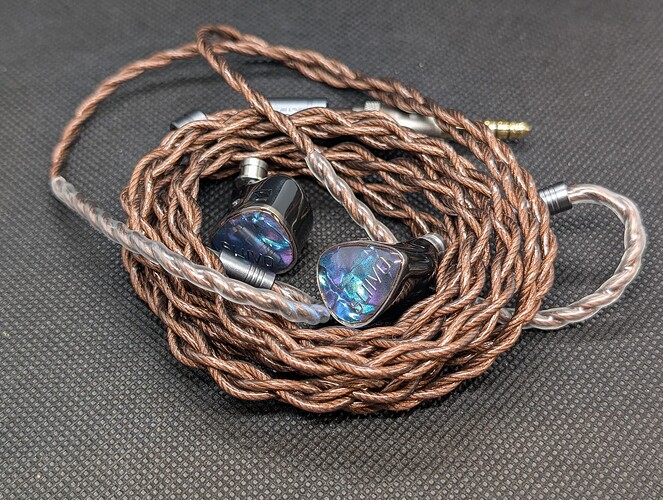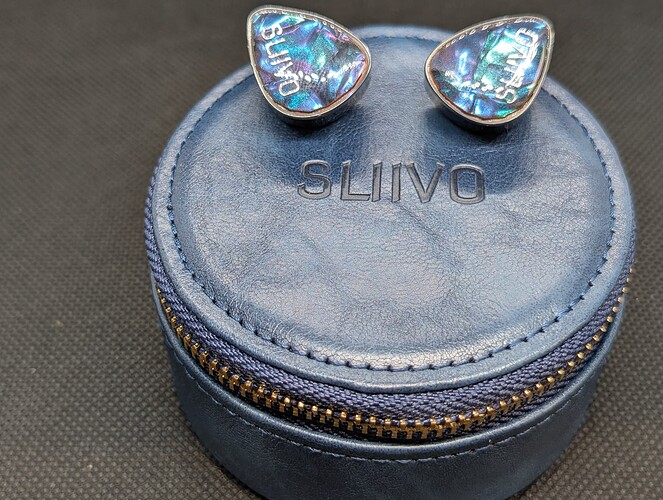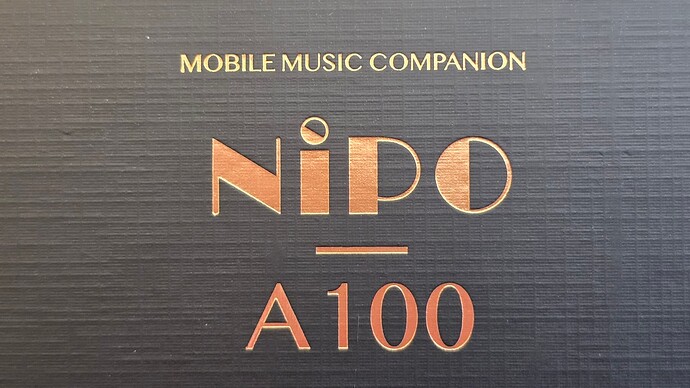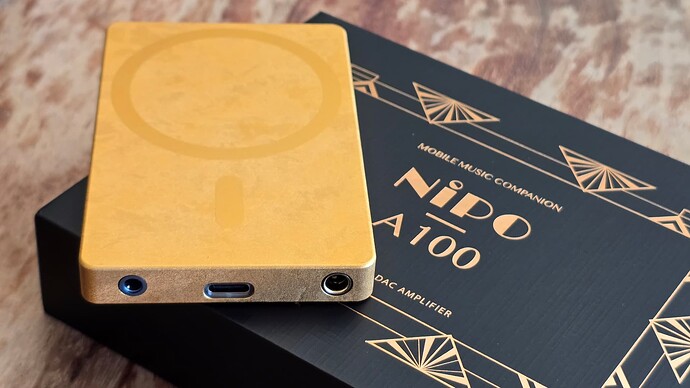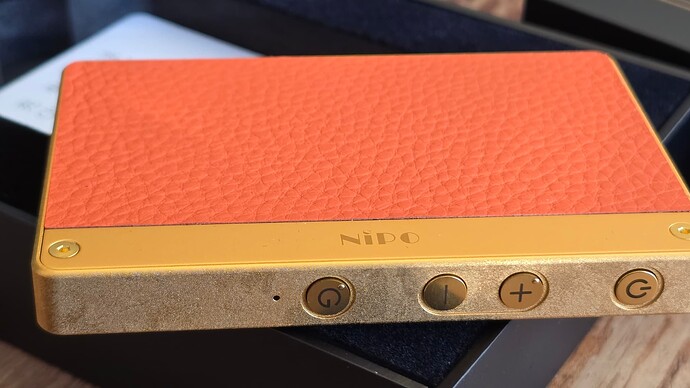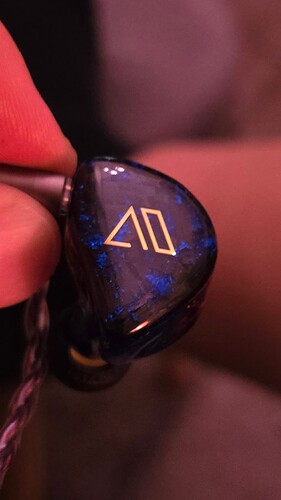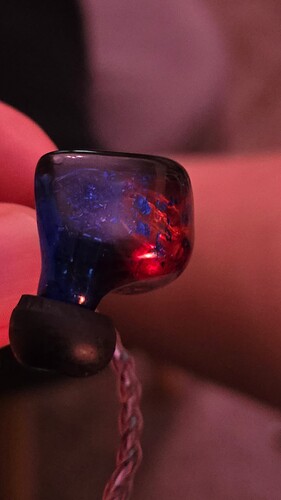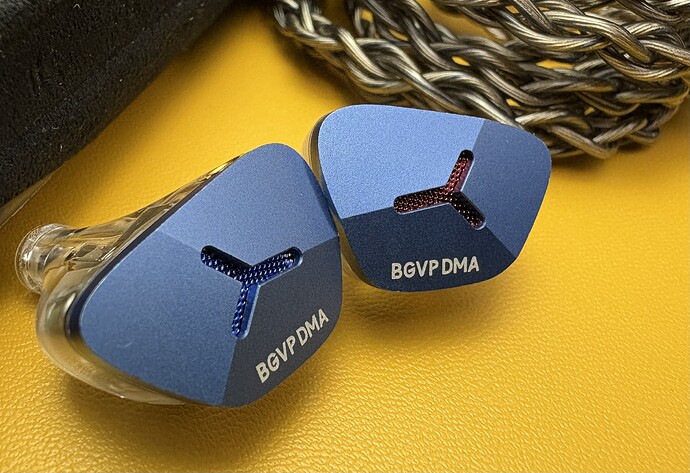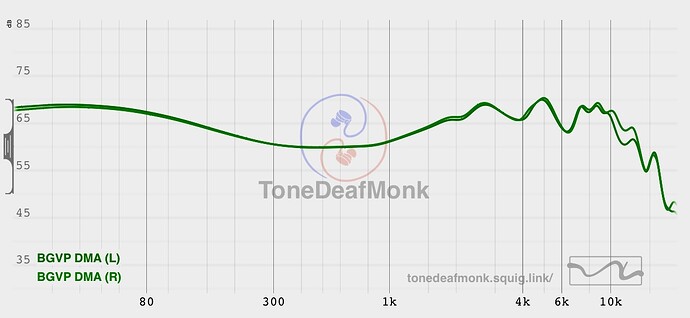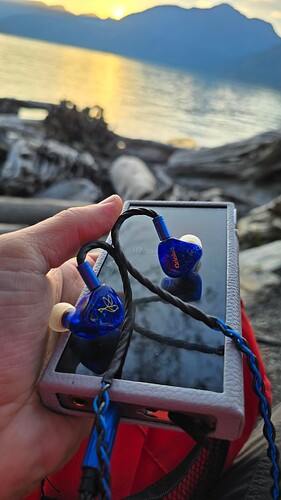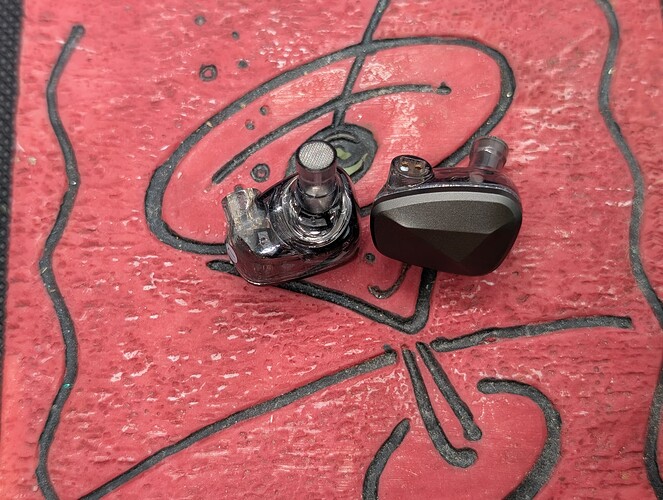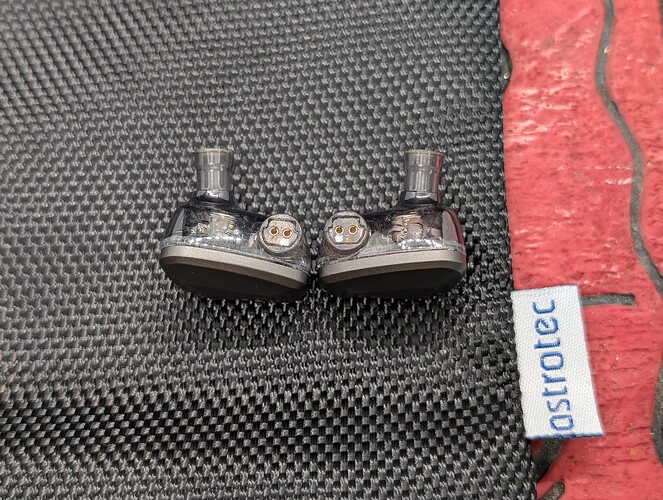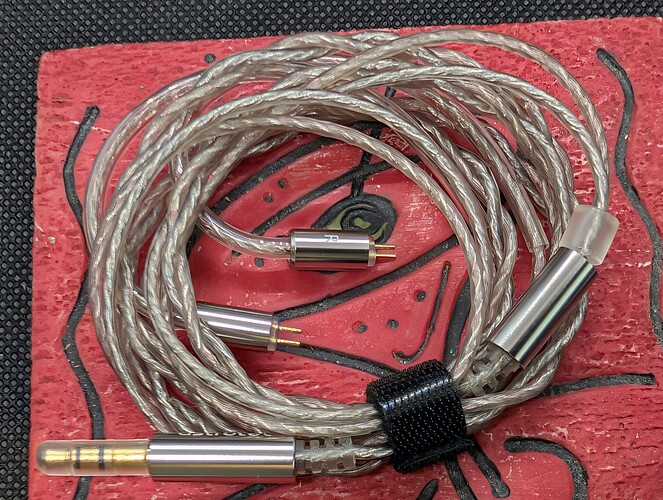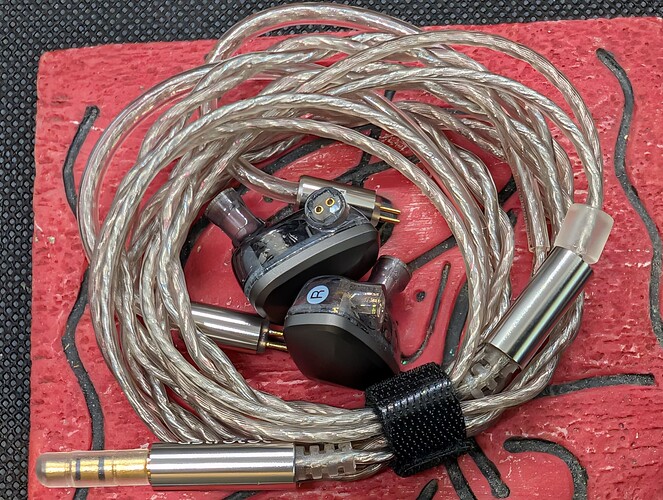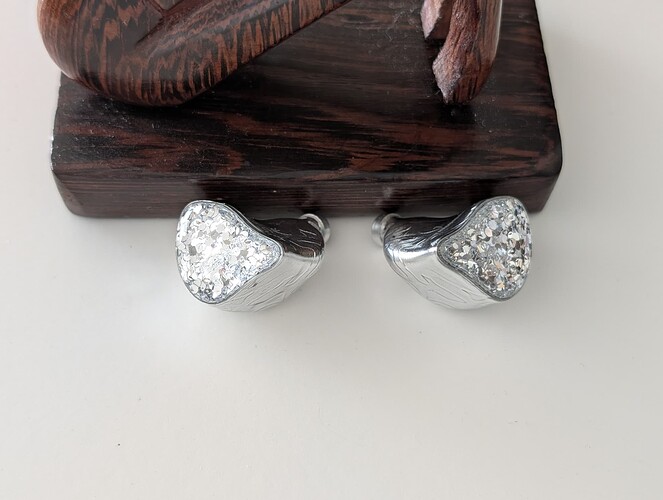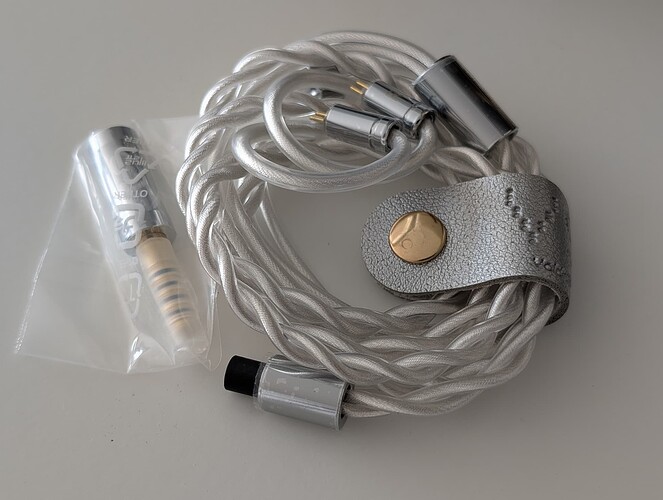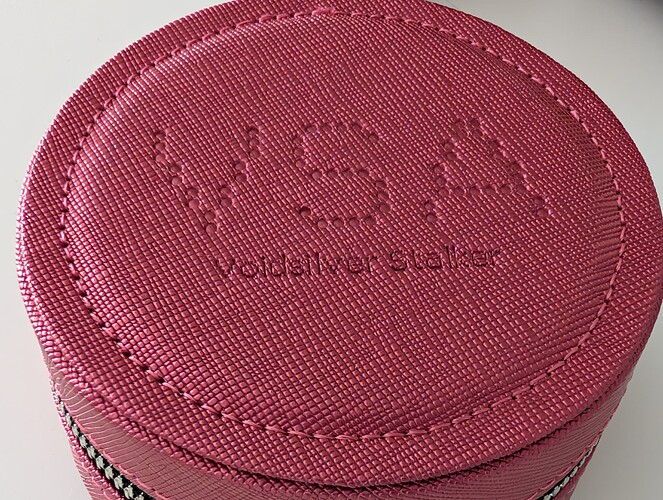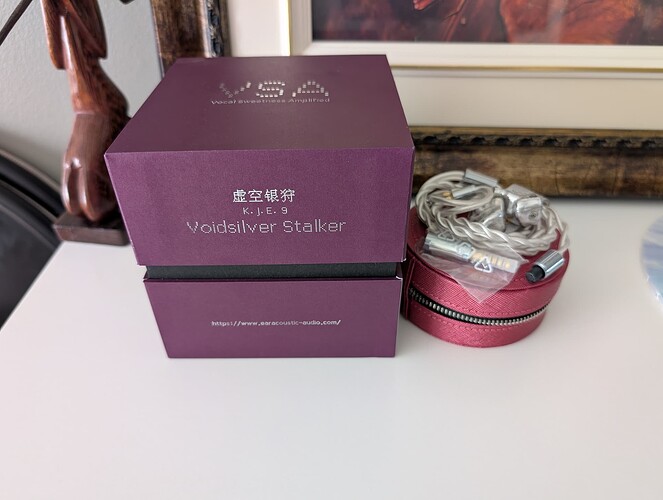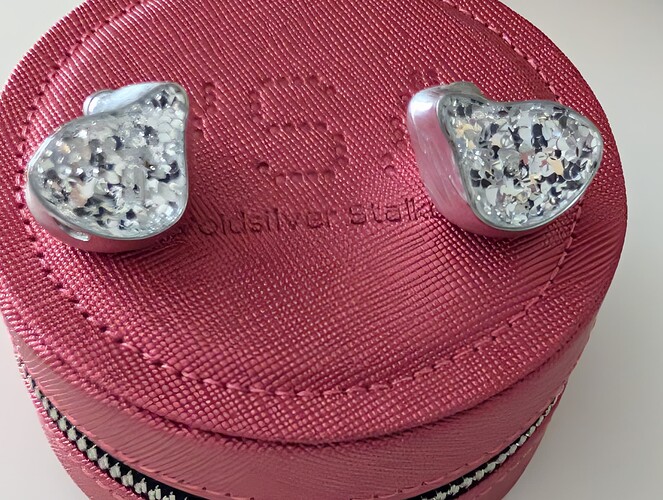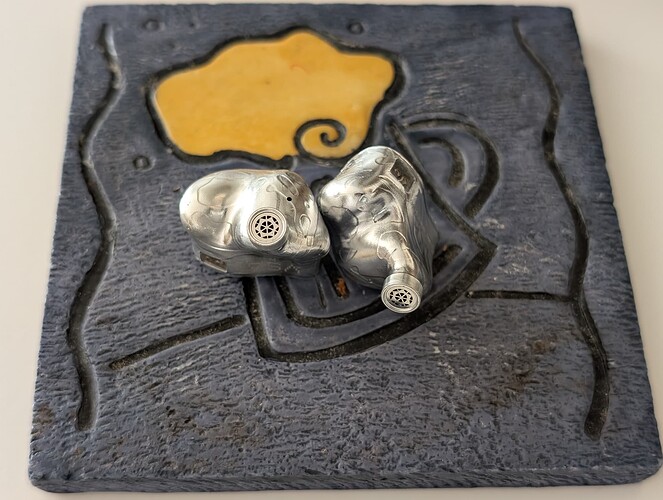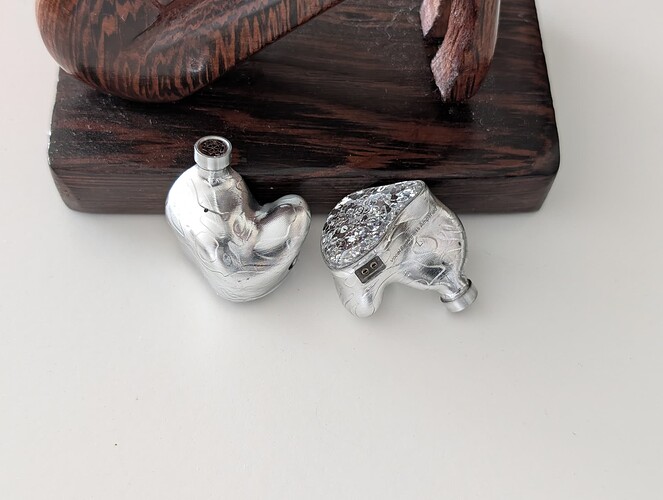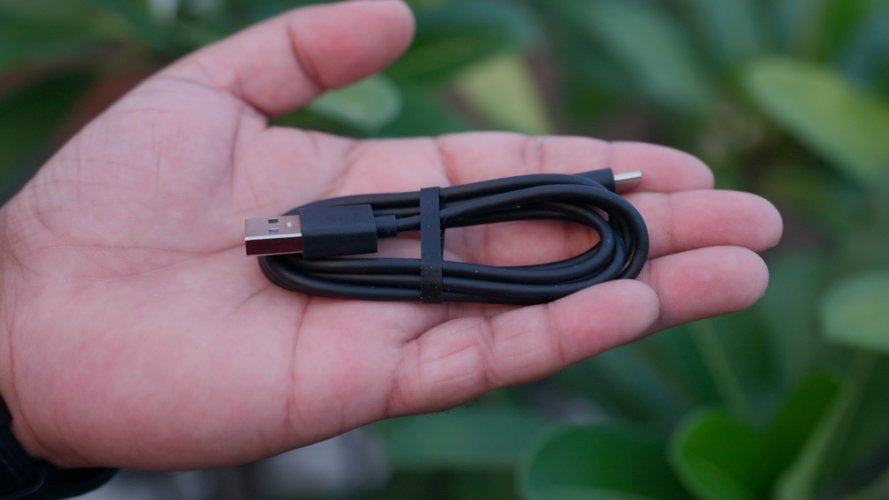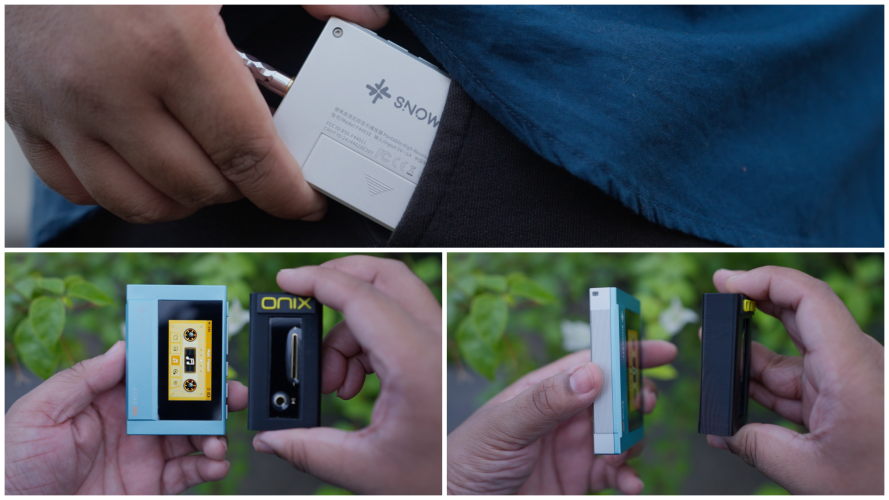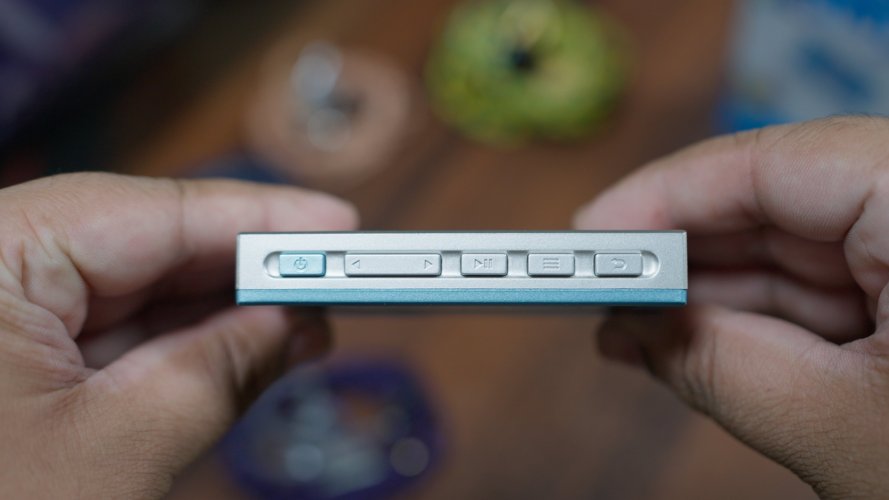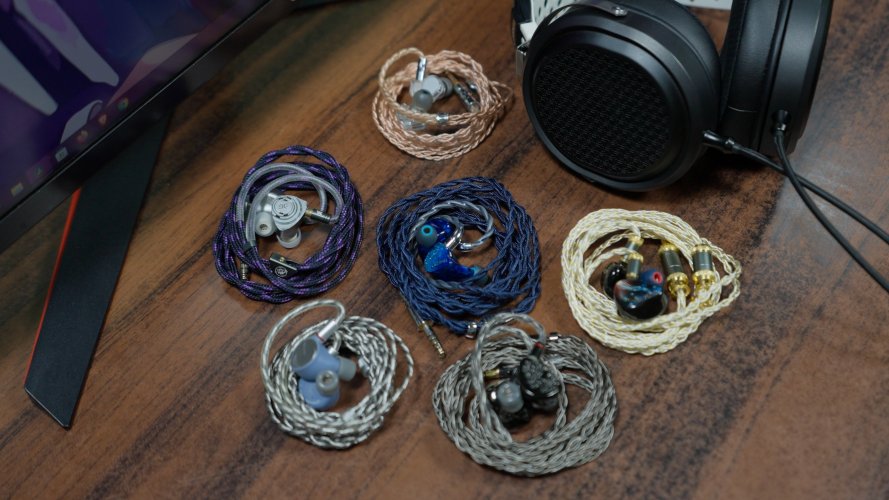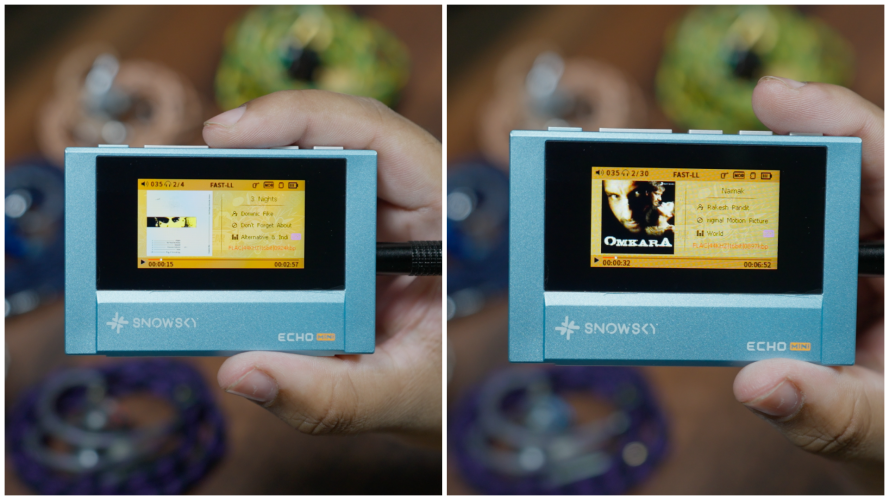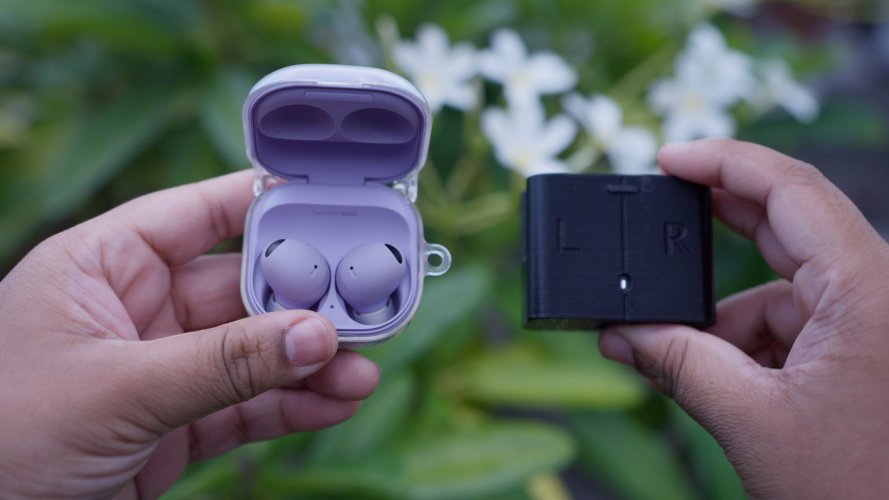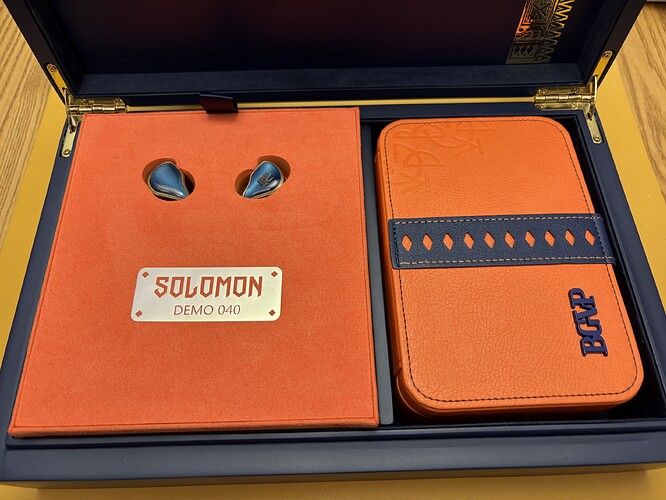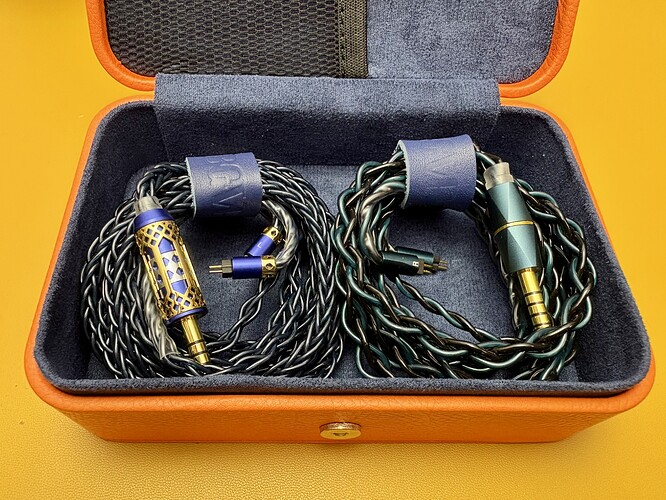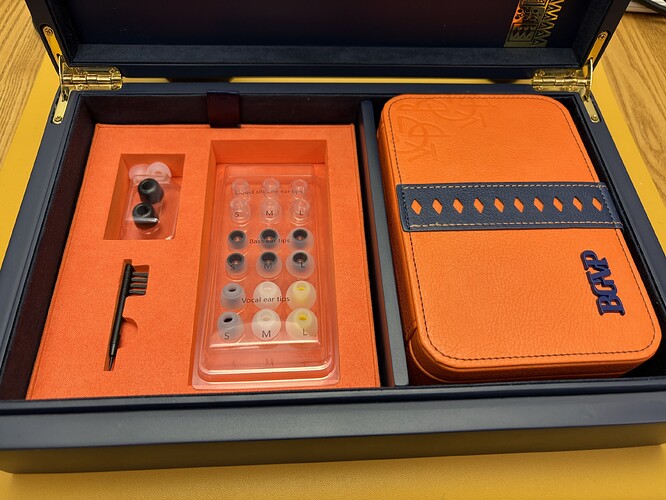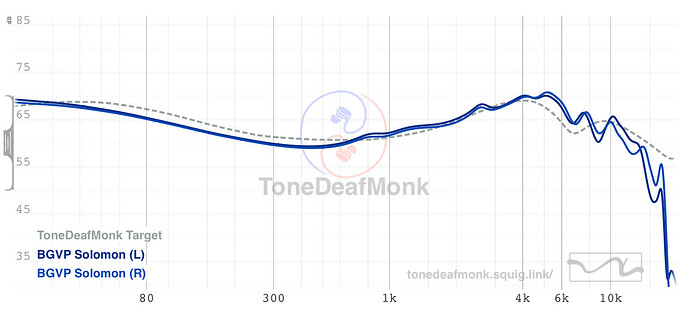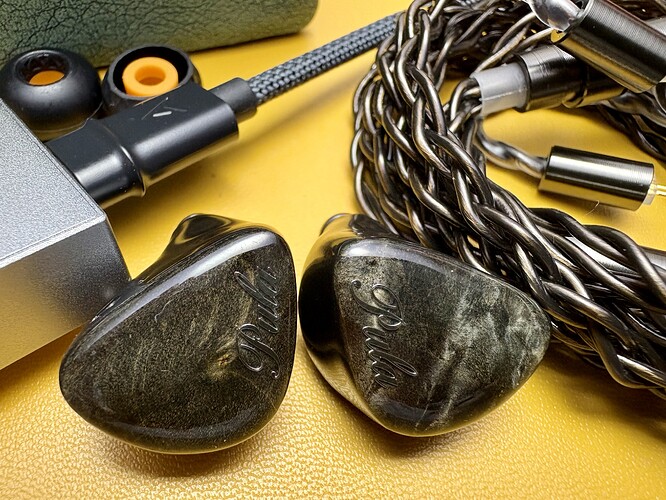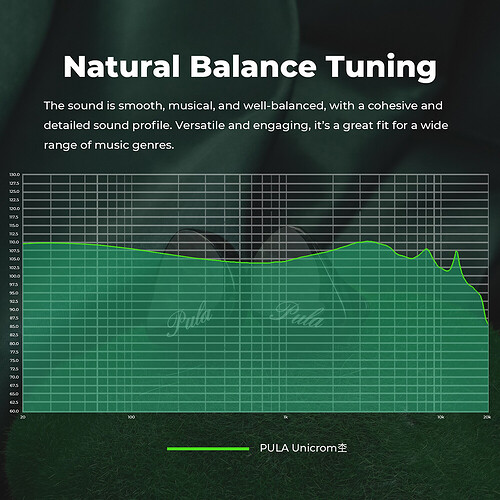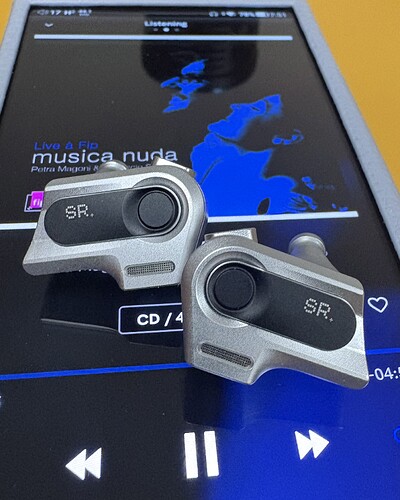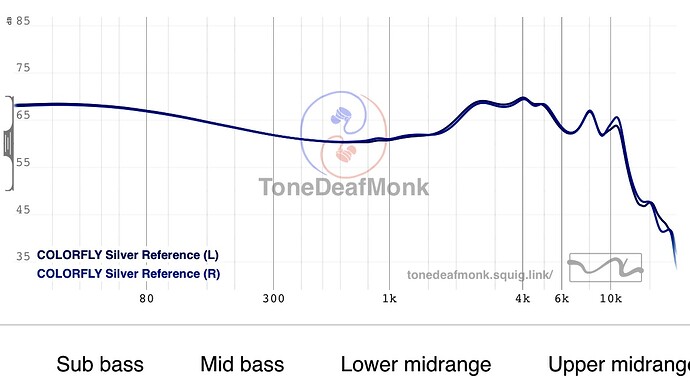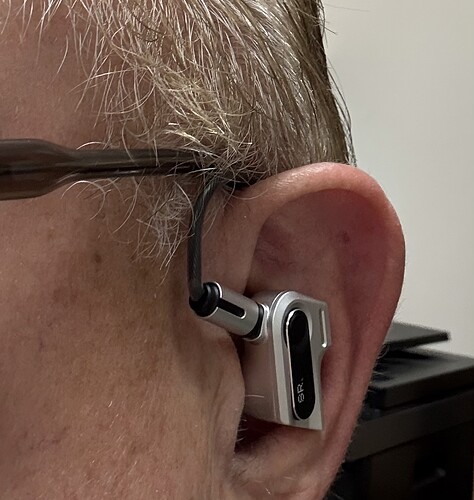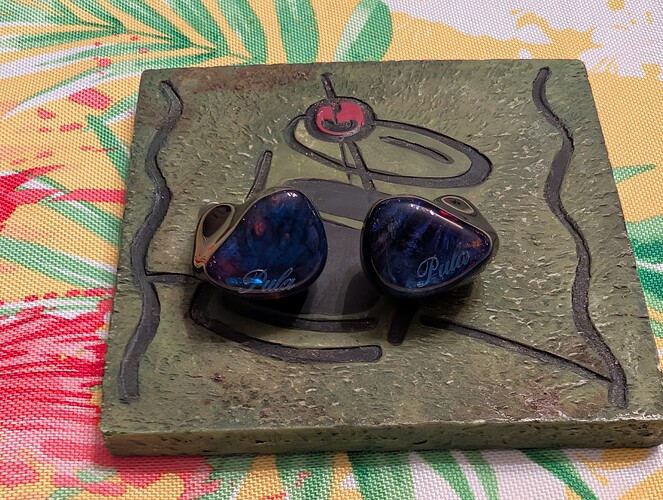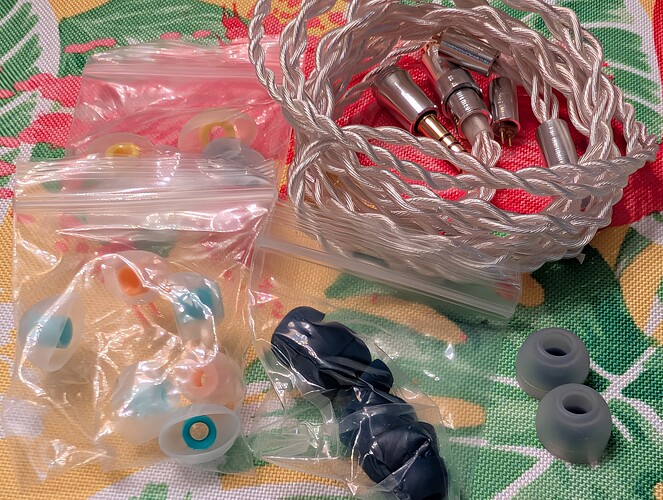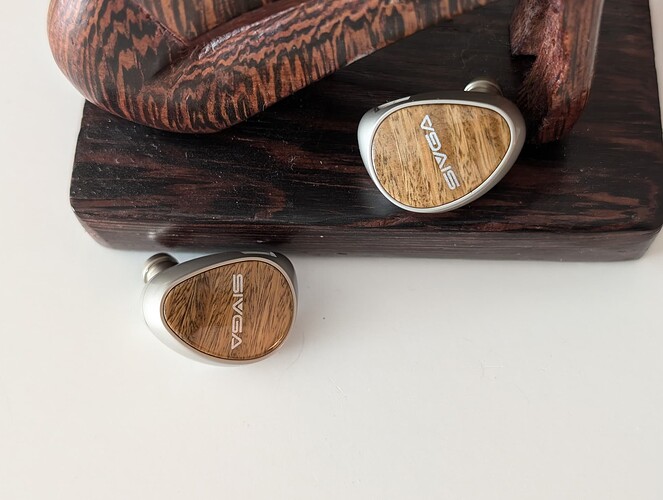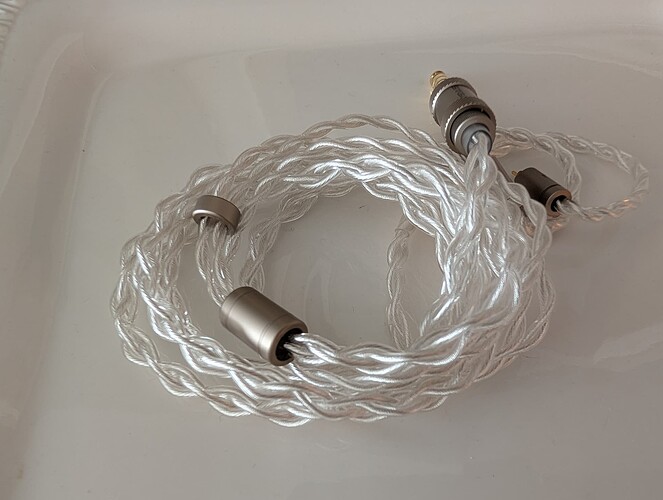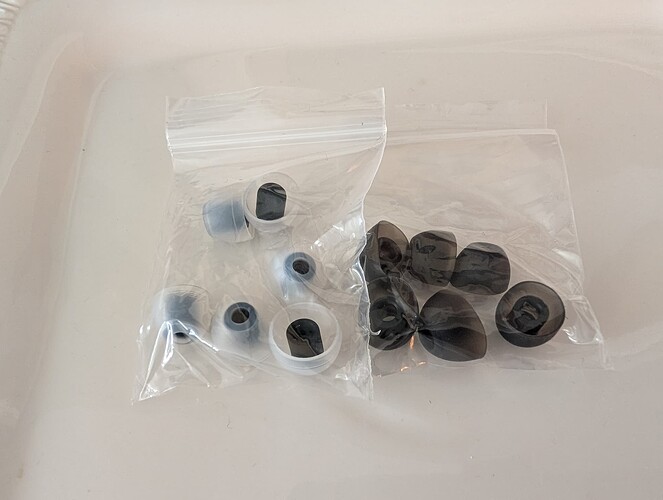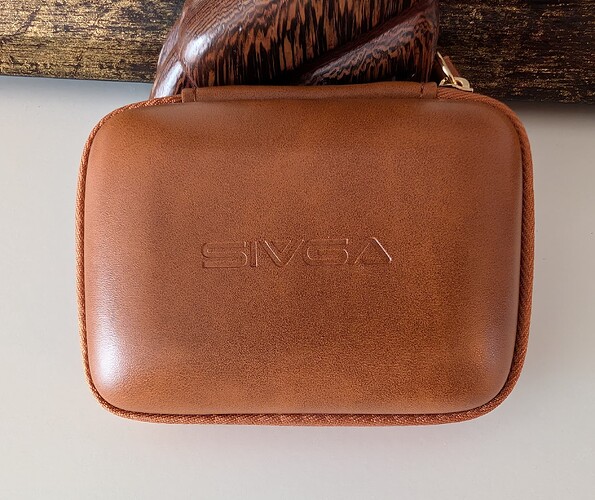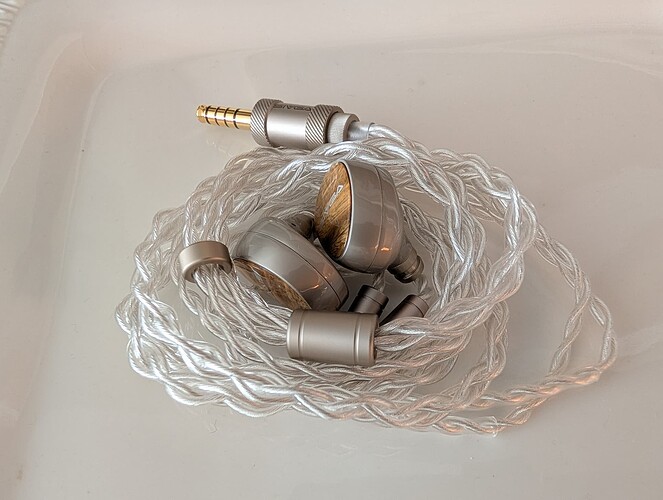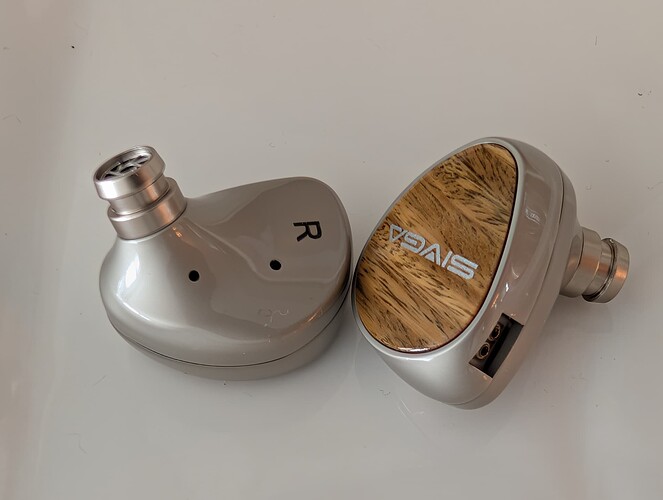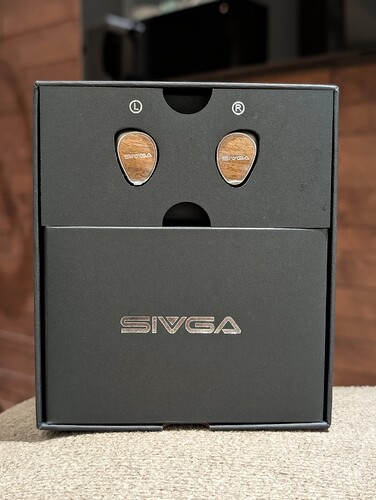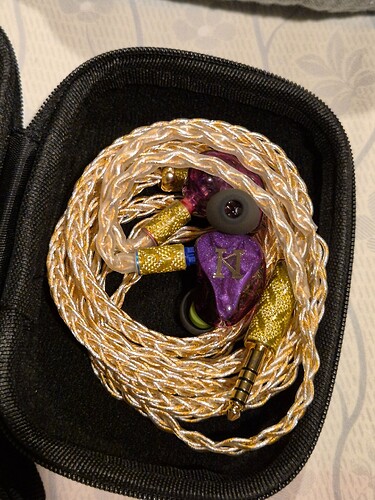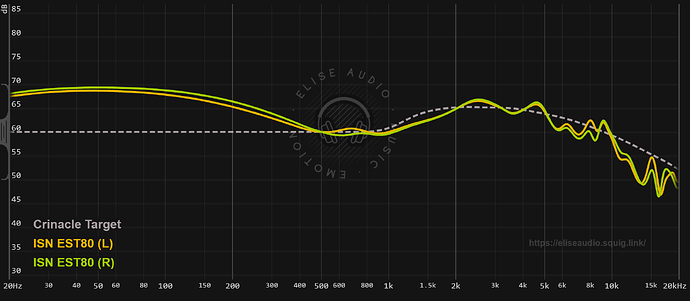Colorfly SR – Razor Wings Analogue
Preamble:
Colorfly might not be as well known in the IEM market as some bigger competitors, but this doesn’t affect the quality of its products. The $150 USD Colorfly Silver Reference, or SR for short, is such an example.
The driver complement includes three dynamic drivers. This driver setup also includes a 10mm carbon-based composite diaphragm dynamic driver and a coaxial module. The coaxial module has a 10mm biological driver and a 6mm titanium-coated driver within the same housing.
Colorfly houses these drivers in a CNC aluminum shell, which encases what they call an “Air Dynamic Airflow Chamber.” This chamber is an attempt to optimize the acoustic output, and in their words, “Delivering open-back-like transparency and natural sound reproduction.”.
The SR’s tuning is a moderately U-shaped sound signature with a thick, almost analogue-type of bass presentation and some brightness on top. Overall, the sound profile is quite enjoyable, even reminding me of the excellent ddHIfI Surface to some extent.
The SR is fairly easy to drive but less so than several IEMs I have had in recently. They do seem to thrive on good, clean power. I will sound repetitive here, but a quality source is recommended. Tip rolling for many will also be necessary, not only for the sonics but for the main negative of the SR, that being its unusual shape. This is not a trivial thing as I did find the SR hard to fit and uncomfortable after even a short while wearing them for thirty to forty-five minutes.
SPECS:
Product Name: Silver Reference(3DD In-ear Monitors)
Driver Configuration: 1x 10mm carbon-based composite diaphragm dynamic driver,
1x custom coaxial dual-dynamic driver
Module:
10mm biological diaphragm dynamic driver
6mm titanium-coated diaphragm dynamic driver
Frequency Response: 20Hz-20KHz
Total Harmonic Distortion: THD@1kHz <0.3%
Sensitivity: 107dB SPL/MW
Impedance: 16Ω
Connector Type: 0.78-2pin
Included Cable Termination: 4.4mm balanced stereo plug
Build & Fit:
- Looks are subjective. The SR has distinctive looks that falls short on comfort.
- Build quality is excellent.
- Retail presentation is nice with a good unboxing experience.
- The supplied accessories are of good quality, and the cable is adequate.
- Comfort is lacking, even leading to strong discomfort after a short while.
SOUND:
Bass:
- Analogue like bass presentation.
- It has great bass weight with snappy mid-bass.
- Sub-bass is slightly prominent over mid-bass.
- The sub-bass has a good definition, although it’s not class-leading.
- It has great bass power when the track demands it.
- Bass is well controlled but not class leading. Some midrange bleed.
Midrange:
- Slightly recessed.
- Macro detail focused.
- Lower mids have an added lush warmth.
- Pleasing timbre and balance.
- Upper mids are more vibrant than warm.
- Pleasing note weight.
- Pinna gain is just above moderate but little to no harshness unless pushed hard.
- Layering and separation are good but not standout
- Vocal textures are easy to discern
Treble:
-
The treble extends moderately.
-
Ample treble energy.
-
Detail is macro over micro, with some micro-details still present.
-
Pleasing sparkle and air present.
-
At louder volume levels, treble can take on an aggressive sound, losing some quality.
The overall sound is vibrant with a good touch of warmth, which adds to the note weight. Male and female vocals have a lush quality about them, but more so with male vocals. Until higher volume levels, the SR shows great coherence and poise with just an occasional forwardness noted because of its pinna gain rise leading into a vibrant treble region.
Timbre is quite good, and well-recorded tracks with acoustic instruments sounded great. Also, the recording relayed vocal textures effectively. This all comes together to provide a pleasing sound experience.
IMAGING & SOUNDSTAGE:
- A moderately large-sized open soundstage.
- Instrument placement is accurate and distinct.
- Dimensions are generous with good spacing around instruments.
- Depth and, in particular, height are well presented.
CONCLUSION:
The Colorfly Silver Reference SR had me perplexed. One of my best friends is a successful restauranteur, and he says that a restaurant with the best food but terrible service and user experience will still fail. The SR isn’t a failure by any means, but is suffers the same issue.
The SR is a very good sounding IEM hobbled by what I found to be poor, and even uncomfortable, fitment. This is an IEM that physically never let me forget that it was in my ears and as such diminished the overall experience, no matter how good it sounds.
Still, the Colorfly Silver Reference SR is a well built, tuned and musical IEM.
